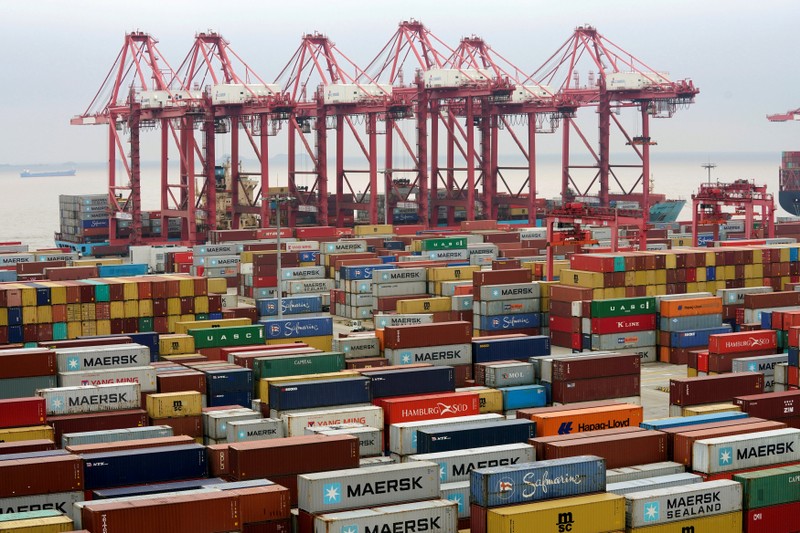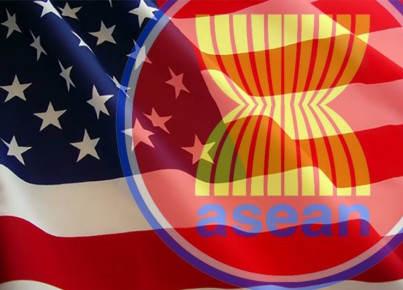Between 2021 and 2026, South-East Asia looks set to be the region with the strongest export growth in the world
All indicators confirm: the growth engine of the coming years will increasingly be South-East Asia. According to the Trade Growth Atlas report by global logistics provider DHL, the ASEAN bloc of countries is expected to lead the world in terms of export growth from 2021 to 2026. Behind the South-East region, South and Central Asia are expected to assert themselves. ASEAN is expected to register a growth in export volume of 5.6% over the five-year period, followed by South and Central Asia with 5% and Sub-Saharan Africa with 4.4%, as the global trade balance continues to be rewritten. South-East Asia and South and Central Asia are thus increasingly set to be 'new poles' of trade growth. At the forefront are Vietnam and the Philippines, which have very high GDP and export growth estimates in the coming years, partly due to the diversification of production and global supply chains. More and more international giants, starting with technology and digital giants, are strengthening their presence in a region where the middle class is constantly expanding.
According to DHL research, however, the pandemic will not be as severe a setback to global trade as initially predicted. And even despite the war between Russia and Ukraine, recent forecasts indicate that global trade is expected to grow slightly faster in 2022 and 2023 than in pre-pandemic years. This is also thanks to the surge in e-commerce sales, whose cross-border growth is expected to continue. Global sales could reach $1 trillion in 2030, up from $300 billion in 2020. And ASEAN can also play a key role on this front, given the sharp rise of the sector in the region. South-East Asia is becoming an increasingly important exporter of sophisticated capital goods, such as industrial equipment and engines. In short, growth is not only quantitative but also qualitative.






